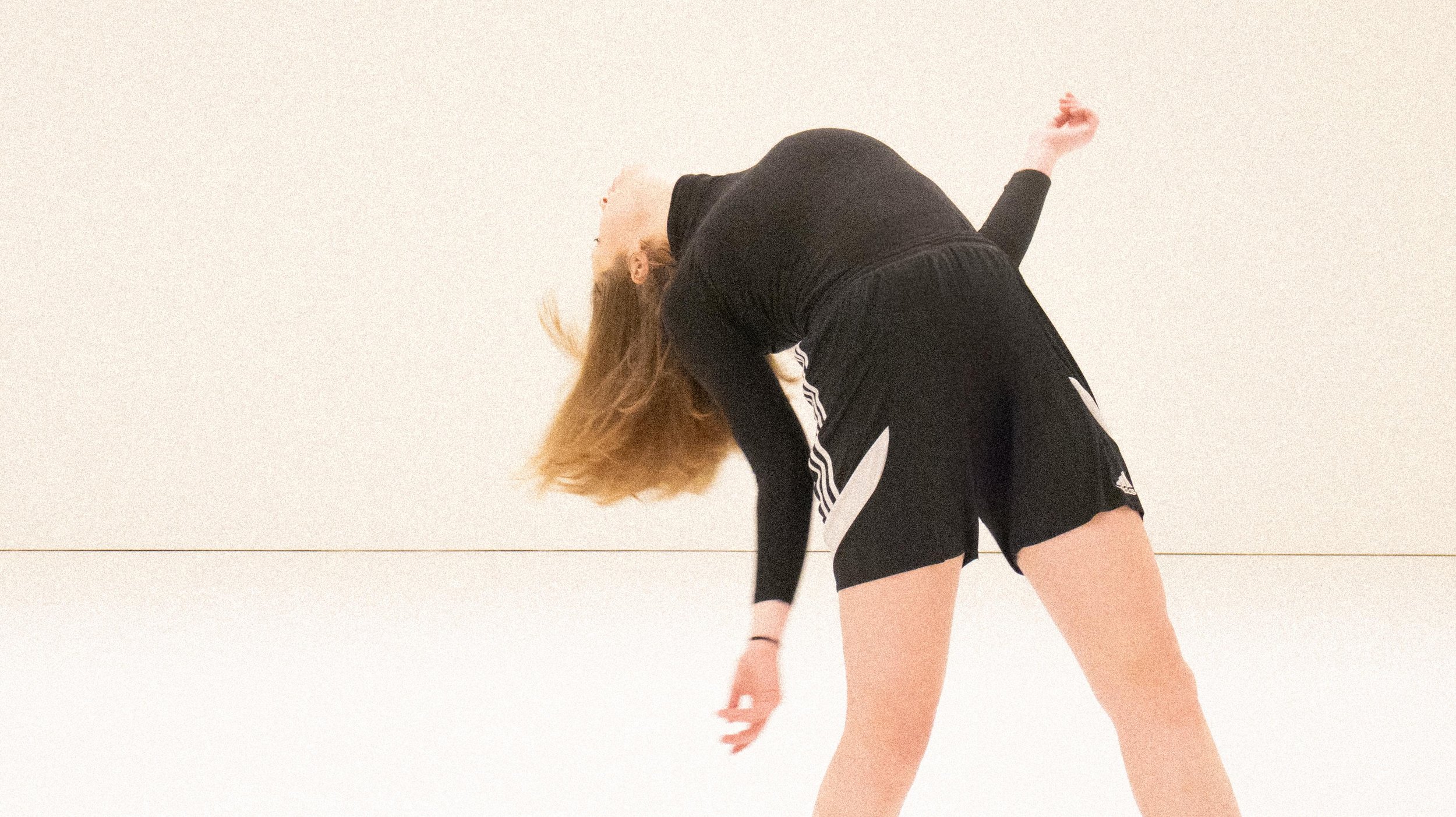MOVING BEYOND THEATRES
Image by Josh Negura
Dance has the ability to transform lives yet it is too often confined to traditional theatre spaces. Growing up in Cornwall, it was challenging to access theatres. This was due to various factors including: a lack of artists touring in the South West at the time, limited transportation to venues and unfeasible ticket prices. Now, as an artist, this makes me consider: how do we reach people who aren’t attending theatres? Dance is more than just entertainment; it’s a social force. As artistic practices evolve, dance is increasingly emerging in public and digital spaces thereby expanding its accessibility.
For many, traditional dance venues remain inaccessible because of barriers such as limited disability access, high ticket costs or geographical isolation. While some theatres are working to remove these barriers through access schemes, there are still a considerable amount of people left out: who feels invited into these spaces? Are theatres actively reaching beyond their existing audiences? And if dance is only made for those who already attend theatres, how can programming be representative of a wider community?
I’m excited by site-specific dance as it challenges these limitations by bringing work directly to people - expanding its reach to wider audiences. It can take a variety of forms - public installations, outdoor performances and community workshops - offering more immediate and interactive experiences.
Often free or low cost, these works disrupt the everyday, transforming familiar environments into spaces of artistic encounter. Guerrilla style performance draws in unexpected audiences - inviting them into a world they may not have actively sought out. This approach also blurs the traditional performer-audience divide - encouraging engagement in innovative ways. Notable companies working in this way include Things That Go on Things with ‘Compact Disco,’ Alleyne Dance’s ‘BONDED,’ and Kapow’s ‘Mayfly.’
The social impact of bringing dance into communities is undeniable. Art serves as a catalyst for change, creating discussion around social issues and engaging people beyond traditional theatre audiences. Public dance performances, especially those co-created with local communities, can support audiences in further developing a sense of collective identity. Embedding dance in everyday spaces strengthens relationships, creativity and senses of belonging.
The future of dance lies beyond theatre. Choreographers can embrace site-specific performance, immersive experiences, and digital platforms to reach wider audiences. Let’s support and champion artists working in these formats - whether through live performances, digital content or community projects.
By expanding the spaces where dance exists, we open new doors for creative expression beyond the confines of the theatre. When audiences don’t come to theatres, it’s our responsibility, as dance makers, to bring dance to them.
